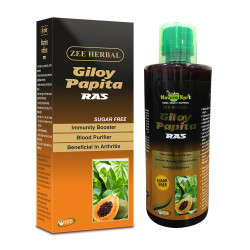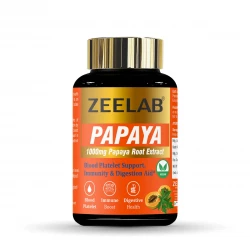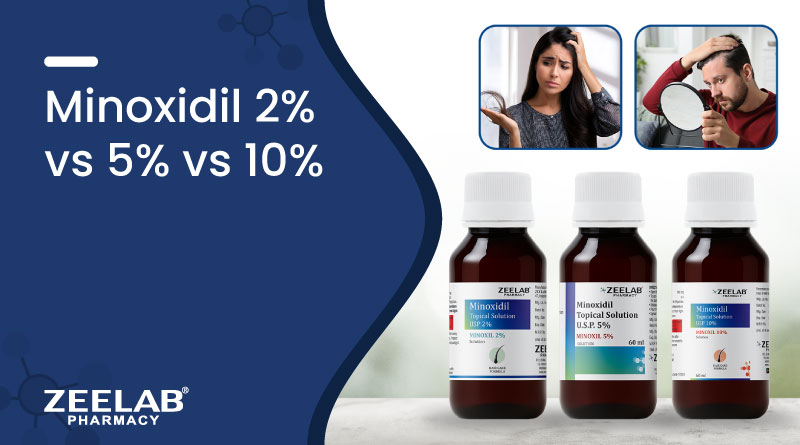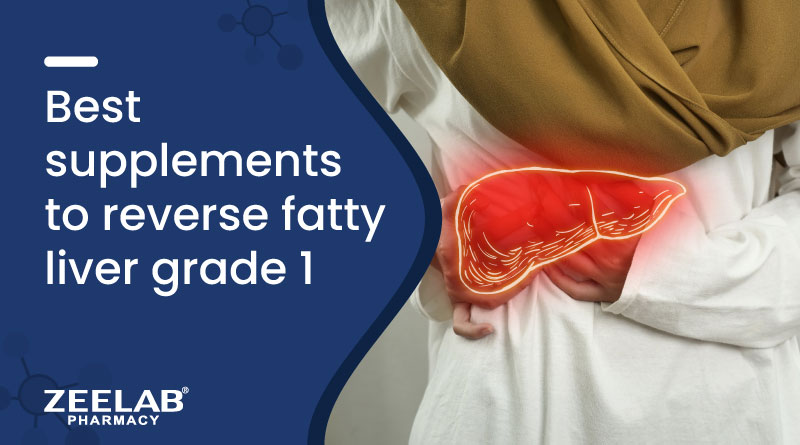Best Foods for Typhoid Patients – Easy-to-Digest Recovery Diet


Typhoid fever is a serious bacterial infection that can drain your energy and weaken your immune system. Antibiotics are essential for treating typhoid, but a balanced diet is equally important for a complete recovery. If you are suffering from typhoid, including the right foods in your diet can help speed up healing, reduce digestive discomfort, and also help restore strength faster. Through this blog, you will learn about typhoid, the types of foods to eat and avoid during this illness, and much more.
What is Typhoid?
Typhoid is a bacterial disease that develops due to an infection with Salmonella Typhi. It primarily spreads through contaminated food or water and is more common in areas with poor sanitation or limited access to clean drinking water. If left untreated, typhoid can lead to serious complications like intestinal bleeding, dehydration, and even organ failure. However, with timely diagnosis, antibiotic treatment, and a proper diet, most people make a full recovery.
Symptoms are:
- Persistent high fever (above 101°F or 38.5°C)
- Weakness and fatigue
- Stomach pain and bloating
- Headache
- Loss of appetite
- Diarrhea or constipation
- Skin rashes (in some cases)
Also read - Medicine For Typhoid Fever in India
Common Causes of Typhoid
Typhoid spreads mainly through:
- Contaminated water: Drinking unclean water or using it to prepare food.
- Contaminated food: Eating food handled by an infected person or food that hasn’t been cooked properly.
- Poor hygiene: Not washing hands before meals or after using the toilet.
- Direct contact: Exposure to carriers of Salmonella Typhi through close personal contact.
How Does Diet Help in Typhoid Recovery?
During typhoid, your digestive system becomes highly sensitive. Heavy, oily, or fiber-rich foods can worsen symptoms like bloating, nausea, or diarrhea. A light, nourishing, and easy-to-digest diet plays a key role in:
- Maintaining energy levels
- Supporting the immune system
- Preventing nutrient deficiencies
- Easing digestion
- Replacing lost fluids and electrolytes
What to Eat in Typhoid
| Food Group | Benefits and Examples |
|---|---|
| Boiled Rice and Soft Carbohydrates | Easy to digest and energy-boosting. Include boiled rice, mashed potatoes, ragi or wheat porridge, and white bread. |
| Steamed Vegetables | Provide essential vitamins and minerals. Bottle gourd (lauki), pumpkin (kaddu), carrots, ridge gourd (turai), and spinach (palak) are all good options. Steam or boil thoroughly for easier digestion. |
| Protein-rich Foods | Protein is vital to repair tissues and strengthen immunity. Include boiled eggs (if tolerated), paneer, lentil soup (dal), and soft tofu. Non-vegetarians can opt for clear chicken broth or boiled fish. |
| Fruits with High Water Content | Keep the body hydrated and offer vital antioxidants. Choose bananas, papaya, melons, applesauce, or stewed apples or pears. Avoid raw fruits unless peeled and washed thoroughly. |
| Soups and Broths | Light, hydrating, and packed with nutrients. Vegetable soup, chicken broth, and moong dal soup are great options. |
| ORS and Fluids | Essential for preventing dehydration caused by fever and diarrhea. Fluids such as homemade ORS, coconut water, lemon water, and clear soups. |
What Foods to Avoid During Typhoid
Some foods may upset the digestive system and hinder the healing process. Avoid the following:
- Spicy gravies and fried foods – Like chole, rajma, bhature, pakoras, and samosas, as they can trigger indigestion and worsen symptoms.
- High-fiber vegetables – Cauliflower, cabbage, methi, and raw salads should be avoided as they are harder to digest.
- Street foods and chaats – The risk of contamination and bacterial exposure is high.
- Pickles, papads, and achar – They contain excessive salt and oil.
- Dairy products – Some people may experience lactose intolerance during illness. It is best to avoid dairy products.
- Caffeinated drinks – Tea, coffee, and sodas may lead to dehydration.
How Can You Prevent Typhoid?
Prevention is always better than cure. Here are some effective tips to protect yourself and your loved ones:
- Drink only filtered or boiled water
- Avoid raw or undercooked seafood and meat
- Handwashing before meals and after toilet visits is crucial for infection control
- Prefer hot, freshly prepared food to reduce the risk of infection
- To lower infection risk, steer clear of street food and unwashed fresh produce
- Get vaccinated if you’re traveling to typhoid-prone areas
Conclusion
Typhoid fever can take a toll on your body, but with the right medical treatment and a well-balanced, gut-friendly diet, recovery is absolutely possible. Focus on eating soft, nutritious, and hydrating foods while avoiding items that strain your digestion. Prioritize cleanliness to reduce the risk of typhoid recurrence. If symptoms persist or worsen, consult your healthcare provider immediately.
Frequently Asked Questions (FAQs)
Q. Can I drink milk if I am suffering from typhoid?
A. During typhoid, milk may be difficult for the stomach to handle. It’s best to avoid full-fat milk during the acute phase. If needed, opt for diluted versions or curd instead.
Q. Is banana good for typhoid?
A. Yes, bananas are soft, easy to digest, and rich in potassium, making them ideal during recovery.
Q. Can typhoid fever come back after recovery?
A. Yes, typhoid fever can come back in some cases, especially if antibiotics are stopped early. Always complete the full course of medication prescribed.
Q. What are the best fluids to drink to stay hydrated during typhoid?
A. To maintain hydration, consume plenty of filtered or boiled water, coconut water, clear soups, lemon water, homemade ORS, and diluted fruit juices.
Q. What are the factors that cause typhoid?
A. Poor hygiene and the consumption of contaminated food or water are common sources of typhoid infection.
Giloy (Tinospora Cordifolia) 300mg, Tulsi (Ocimum Sanctum) 200mg, Tulsi Oil (Ocimum Sanctum) 0.001 ml, Papita (Carica Papaya) 300mg, Ashwagandha (Withania Somnifera) 50mg, Aloe Vera (Aloe Barbadensis) 50mg, Punarnava (Boerhavia Diffusa) 50mg, Triphala 50mg
500 ml Bottle
Recent Blogs
Disclaimer : Zeelab Pharmacy provides health information for knowledge only. Do not self-medicate. Always consult a qualified doctor before starting, stopping, or changing any medicine or treatment.


















 Added!
Added!